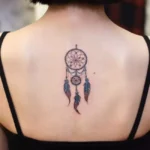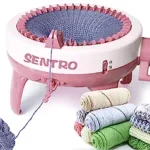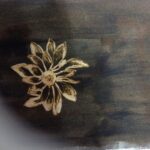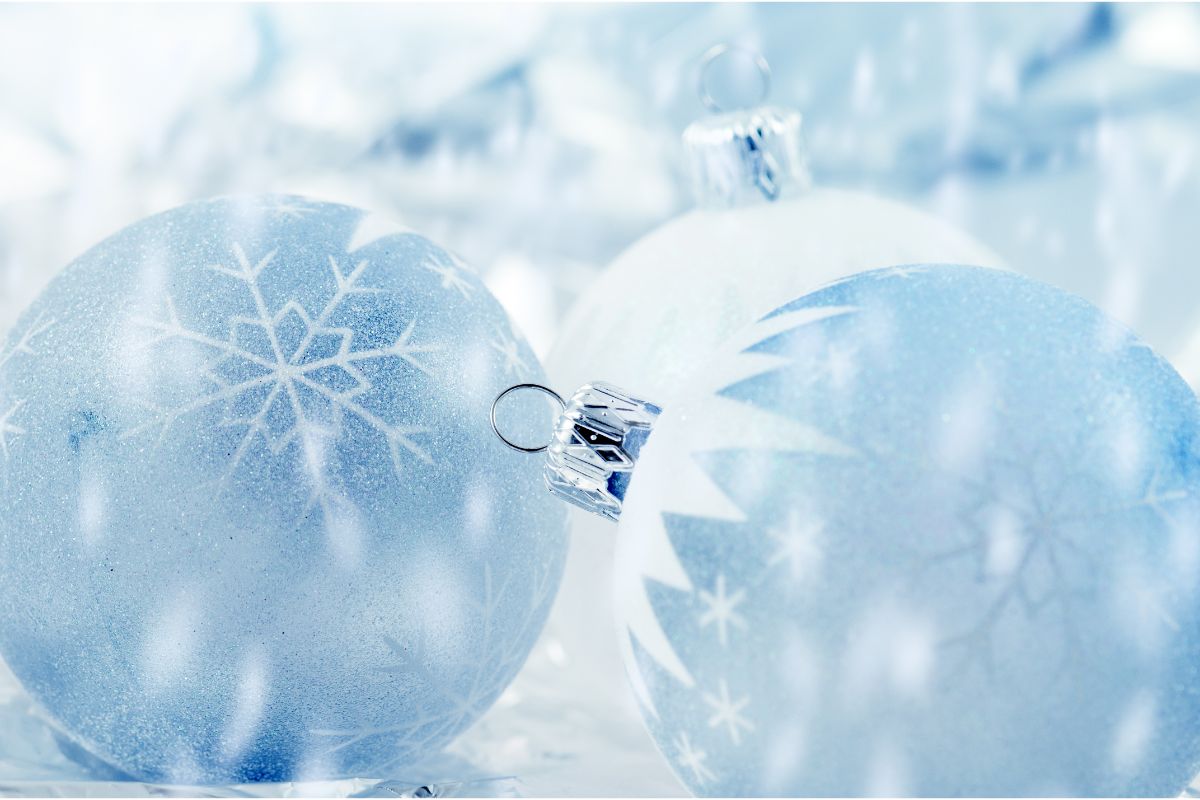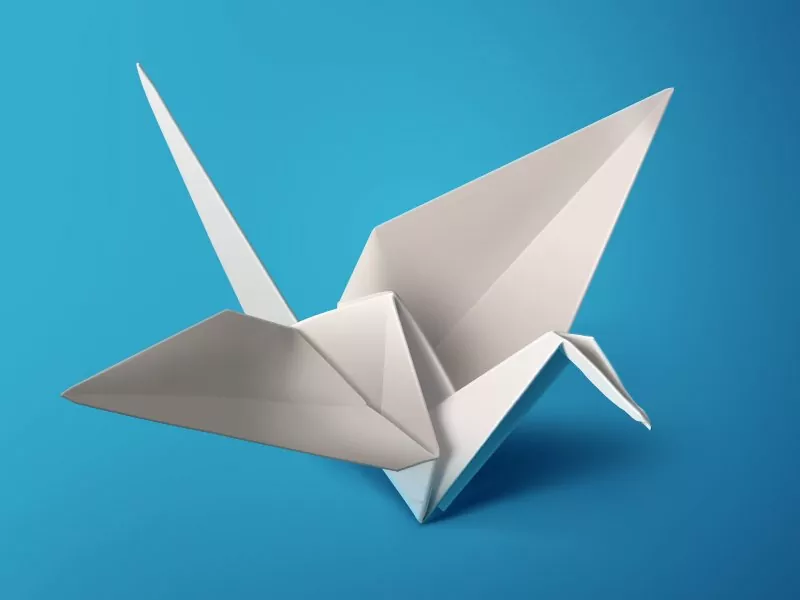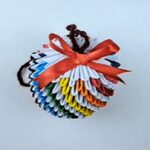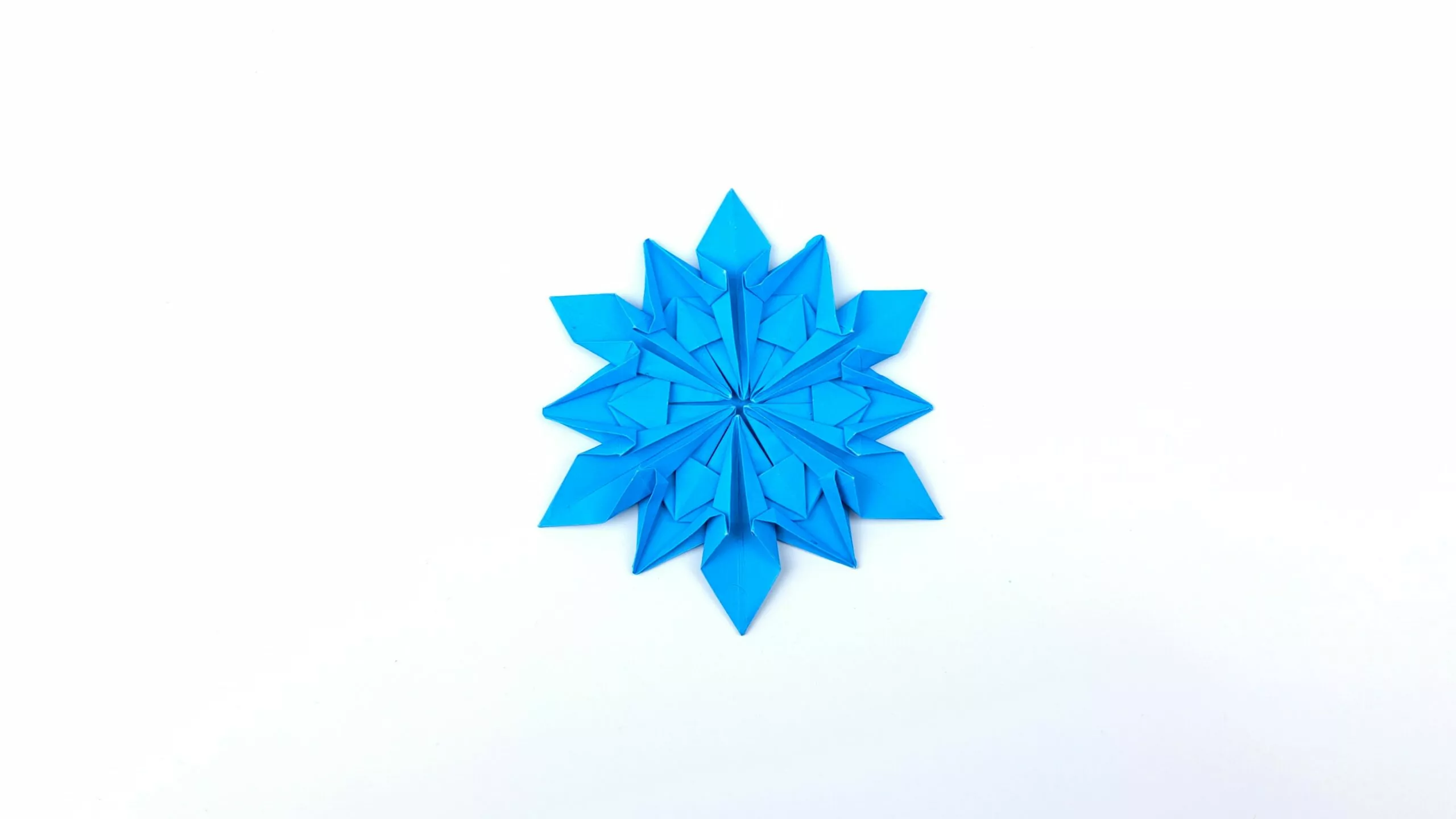
The belief that dream catchers (also called a dreamcatcher), offer protection from bad dreams and negative energy, as well as bring good luck, has its origin the spiritual and cultural traditions of Native American tribes, particularly the Ojibwe people. According to legend and beliefs, dream catchers serve as symbolic and spiritual tools to fulfill these purposes. Here's an explanation of how dream catchers are thought to provide these benefits:
Filtering Dreams
Dream catchers are believed to act as filters for dreams. The intricate web-like pattern in the center of the dream catcher is thought to catch bad dreams and negative energy, preventing them from reaching the sleeper. The negative dreams are said come at night, during sleep, and become caught in the spider web and then dissolve or perish with the morning sun. Often Dream catchers are hung by the window to ensure that they are exposed to the first light of the morning sun.
Allowing Good Dreams
On the other hand, good dreams are believed to be guided and allowed to pass through the small hole in the middle of the web of the dream catcher. These positive dreams are said to gently slide down the feathers or beads attached to the dream catcher and reach the dreamer, bringing them positive energy and guidance.
Protection from Negative Energy
Dream catchers are also seen as protective talismans against negative energy or spirits. The web's intricate design is thought to trap or capture any negative energy or malevolent spirits present in the environment, preventing them from affecting the sleeper or the surrounding space.
Symbolic Representation
Dream catchers often incorporate other symbolic elements with details such as feathers and beads. Feathers, in particular, are believed to play a role in the protective properties of dream catchers. Feathers symbolize air and breath, representing life force and positive energy. They are thought to help guide positive dreams while allowing negative energies to be repelled or neutralized.
Cultural and Spiritual Beliefs
The power and efficacy of dream catchers stem from the cultural and spiritual beliefs associated with them. For those who embrace these beliefs, dream catchers act as spiritual guardians that work on a metaphysical level to provide protection, ward off negative influences, and attract positive energies.
What is the history of dream catchers in Native American culture?
A dream catcher is a traditional craft of indigenous people that is believed to filter out bad dreams and allow only good dreams to pass through. It typically consists of willow hoops adorned with a web-like pattern of threads or cords, with various decorative elements such as beads, feathers, and crystals. Dream catchers are often hung above beds or in windows.
The history of dream catchers can be traced back to various Indigenous tribes of North America, particularly the Ojibwe (also known as Chippewa) people. According to their legends, a spider woman named Asibikaashi protected the tribe's children and people from bad dreams and negative energy. As the tribe expanded and migrated, it became difficult for her to reach everyone. To solve this, the Ojibwe people started making dream catchers in the shape of a spider's web to serve as a talisman.
What is a talisman?
A talisman is an object that is believed to possess magical or supernatural powers and is often used for protection, good luck, or to bring about specific desired outcomes. Talismans have been used throughout history and across various cultures and belief systems.
Talismans can take many forms, such as jewelry, stones, amulets, symbols, or even written words or phrases. They are typically carried on one's person, worn as accessories, or placed in specific locations, such as homes or vehicles, to exert their intended influence.
The belief in the power of talismans is often rooted in spiritual or mystical traditions. The specific powers attributed to talismans can vary widely depending on cultural beliefs and individual interpretations. Some common purposes for talismans include warding off evil or negative energy, providing protection against harm or illness, attracting good fortune or prosperity, enhancing personal qualities or abilities, and promoting love or fertility.
What are the traditional parts of a dream catcher?

At the center of a dream catcher is a willow hoop, often made from willow branches and bent into a circle. This symbolizes unity and reminds us that life is cyclical in nature.
The webbing within the hoop represents the spider or spider-woman known as Asibikaashi, who is believed to be responsible for catching bad dreams before they enter our realm of consciousness.
Feathers are attached at the base of the hoop—they represent air and wind which carries good luck and positive energy to its recipient.
Lastly, beads of various colors may be added around the hoop's circumference to bring additional symbolism such as protection, strength, courage, and love.
Why are dream catchers made by hand?
Dream Catchers are often made by hand, using traditional methods passed down through generations of many Native Americans. This is because each one must be carefully crafted and woven with intention to capture the essence of its unique symbolism. The act of creating a dream catcher can also be seen as an act of love—a way to show care for those who will receive it.
Why have become so popular today?
Dream catchers have gained popularity in recent years due to a combination of factors:
Cultural Appreciation and understanding: Dream catchers have become more widely recognized as symbols of Native American culture and spirituality. As people become more interested in diverse cultural traditions and symbols, dream catchers have gained visibility and appeal as decorative items with a spiritual connotation.
Aesthetics and Bohemian Style: Dream catchers are visually appealing and often have intricate designs, vibrant colors, and natural materials like feathers and beads. They fit well with the bohemian or boho style, which has gained popularity in fashion, home decor, and lifestyle trends. Dream catchers, with their earthy and artisanal aesthetics, have become sought-after items for those embracing this style.
Symbolic Meaning: Dream catchers represent ideas such as hope, protection, positive energy, and good dreams. Many people are drawn to these symbolic meanings and may choose to incorporate dream catchers into their lives as a way to cultivate a sense of positivity, peace, or spiritual connection.
Mindfulness and Well-being: Dream catchers, with their association with dreams and positive energy, appeal to individuals interested in mindfulness practices, meditation, and personal well-being. Some people may see dream catchers as tools to promote better sleep, relaxation, and overall positive vibes in their living spaces.
Social Media and Pop Culture: The proliferation of social media platforms has played a role in increasing the visibility and popularity of dream catchers. They are often featured in lifestyle and interior design posts, shared by influencers and celebrities, and showcased in various creative and artistic contexts. This exposure has contributed to their widespread recognition and appeal.
Whether you’re looking for a decorative piece or an object that carries special meaning, consider adding a dream catcher to your life today and experience the power of this ancient symbol!
- Cricut Hat Press: A Comprehensive Guide on Usage - August 13, 2023
- Unlocking Creativity with the Cricut Joy: A Comprehensive Guide - August 12, 2023
- The Ultimate Guide to the Cricut Maker Bundle - August 11, 2023

